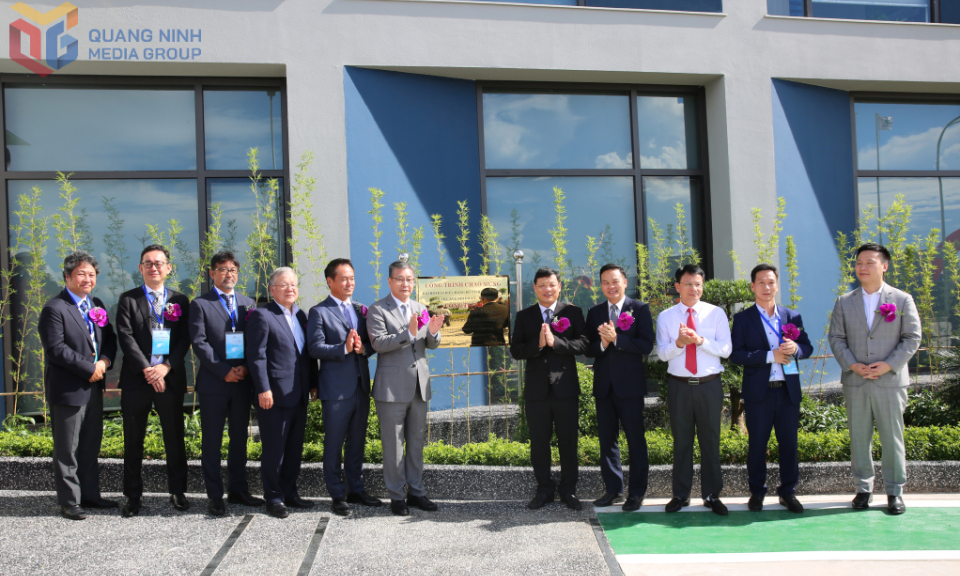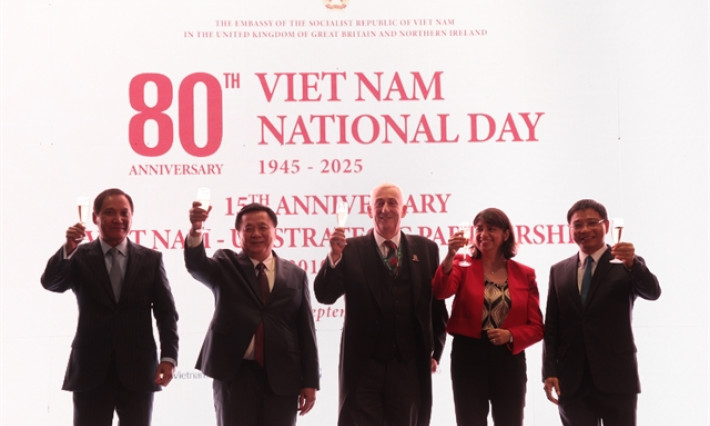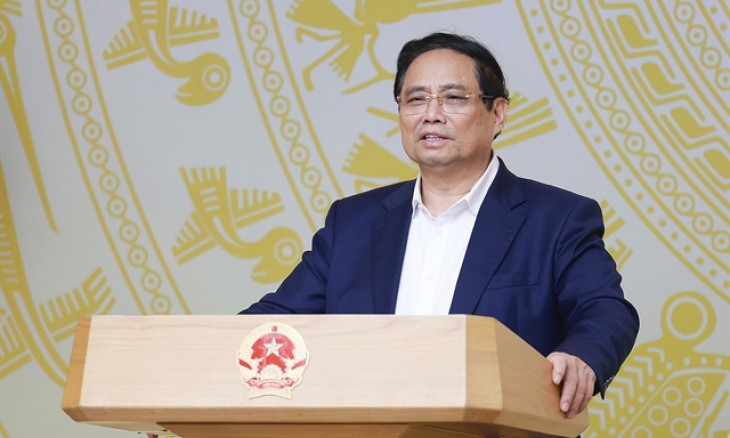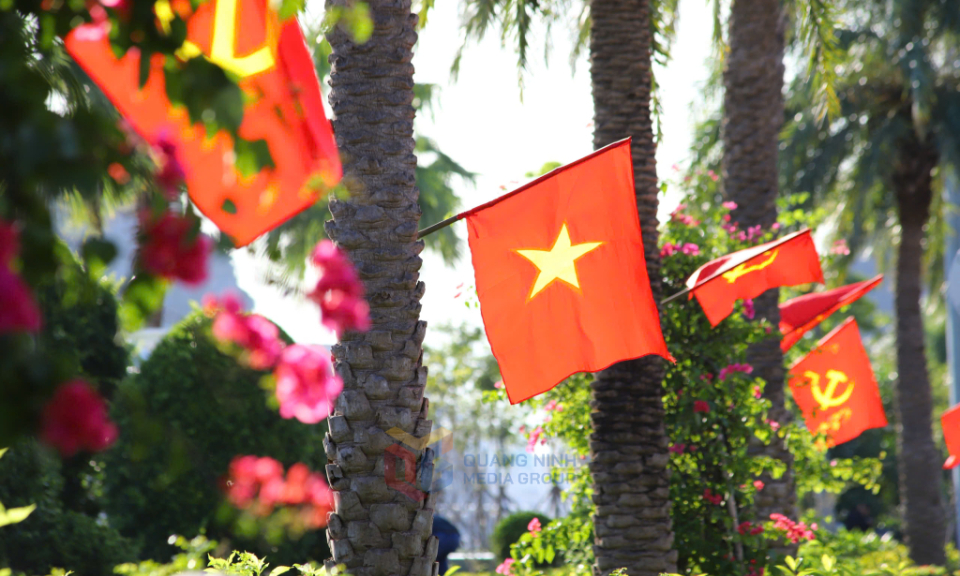VN braces for US tariff hike while seeking long-term trade solutions
Companies and industries should observe VN-US tariff talks.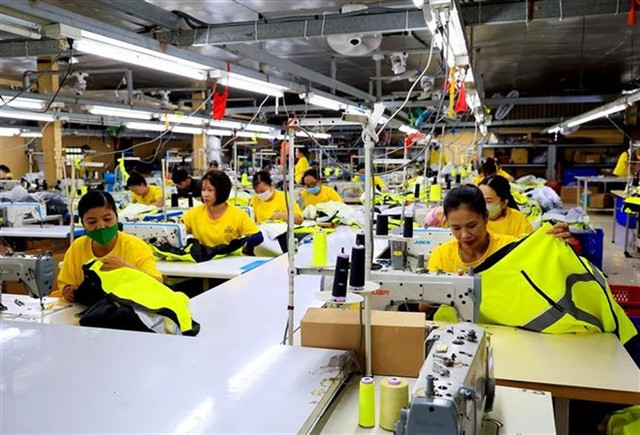
On April 2, the US announced it would impose a 46 per cent reciprocal
tariff on imports from Việt Nam, effective April 9, 2025. The decision primarily affects high-value export sectors such as textiles, seafood, wood products and electronics.
The Chairman of the Việt Nam Textile and Apparel Association (VITAS), Vũ Đức Giang, urged businesses to approach the situation calmly and rationally. He noted that since Việt Nam has not signed a Free Trade Agreement (FTA) with the US, tariff rates are not new and have existed for many years.
According to Giang, basic tariff levels on Vietnamese textile and garment exports to the US have faced average duties of around 12 per cent, with certain product lines subject to rates of 7 per cent, 12 per cent, or even as high as 27 per cent.
He also clarified that the widely cited 46 per cent tariff figure is a general estimate, not a blanket rate. In reality, duties will vary based on specific product lines and categories.
Anticipating higher tariffs, the Vietnamese Government has been proactively negotiating with the US to seek a more appropriate tariff framework that safeguards business interests. While the US has announced the new policy to begin on April 9, Giang said a long-term solution would require continued bilateral negotiations.
“Companies and industry associations should wait for the outcome of these talks,” he advised.
Giang stressed that Việt Nam is not alone in facing higher US tariffs.
Other major exporters, including China, have dealt with duty rates above 20 per cent—and in some cases, over 30 per cent—for several years. VITAS recommends that Vietnamese businesses remain calm, continue engaging with international brands and buyers, and adapt to the evolving trade environment.
Despite the changes, demand for Vietnamese textile products in the US remains strong and the industry continues to maintain robust partnerships globally.
He added that the US is expected to release a detailed tariff schedule for specific sectors, including automobiles, textiles and footwear. Businesses will need to monitor these developments closely and adjust their strategies accordingly.
Industry leaders across sectors are already outlining strategies to adapt. Cao Hữu Hiếu, General Director of the Việt Nam National Textile and Garment Group (Vinatex), said Vietnamese companies must be prepared for all scenarios, including the worst-case situation in which tariffs increase by an additional 8–10 per cent.
“We must find ways to adapt in order to maintain production and exports,” he said.
Võ Thị Liên Hương, CEO of Secoin—a tile manufacturer exporting to the US—said that, in addition to ongoing negotiations with partners in Australia and Japan, her company is actively seeking new international clients.
“Supply chain partners in these markets are ready to support us through this challenging period,” she said at a recent forum organised by the Vietnam CFO Club.
Nguyễn Hoài Linh, a research and analysis expert at Vietcombank Fund Management (VCBF), cautioned that diversifying export markets cannot happen overnight. While the US market has relatively moderate quality and ESG (environmental, social, and governance) requirements—allowing both large and small Vietnamese firms to compete—markets like Japan and the EU have stricter standards.
“Many businesses are not fully aware of the regulations needed to enter these markets,” Linh said. He added that while large companies may be able to afford specialised consultants or internal teams to study foreign markets, this remains a significant challenge for smaller firms with limited resources.
“A Government-run portal offering official guidance on EU and Japanese compliance would be immensely helpful,” he suggested.
Although market diversification is a long and demanding process, Linh stressed that it is an essential survival strategy in today’s volatile global trade environment.
Associate Professor Dr Nguyễn Hữu Huân, a lecturer at the University of Economics Ho Chi Minh City, said Việt Nam must enhance dialogue with the US Government and demonstrate a clear willingness to reduce its trade surplus. One concrete approach would be to increase imports of high-value American goods, such as aircraft and industrial machinery.
Speaking at a Government meeting on Sunday, Prime Minister Phạm Minh Chính stated that the Government has already implemented multiple measures to increase imports from the US and support foreign-invested enterprises in Việt Nam, including American firms.
He emphasised that while the US is Việt Nam’s largest export market, it is not the only one.
“This is also an opportunity to restructure our economy, diversify export markets, and enhance the quality and competitiveness of Vietnamese products,” he said.
According to the Office of the US Trade Representative, Việt Nam–US trade in goods reached an estimated US$149.6 billion in 2024.
US goods exports to Việt Nam (excluding services) were valued at $13.1 billion, up 32.9 per cent (or $3.2 billion) from 2023.
US goods imports from Việt Nam totalled $136.6 billion, up 19.3 per cent (or $22.1 billion) from the previous year. As a result, the US trade deficit with Việt Nam expanded to $123.5 billion in 2024, an 18.1 per cent ($18.9 billion) increase year-on-year.

